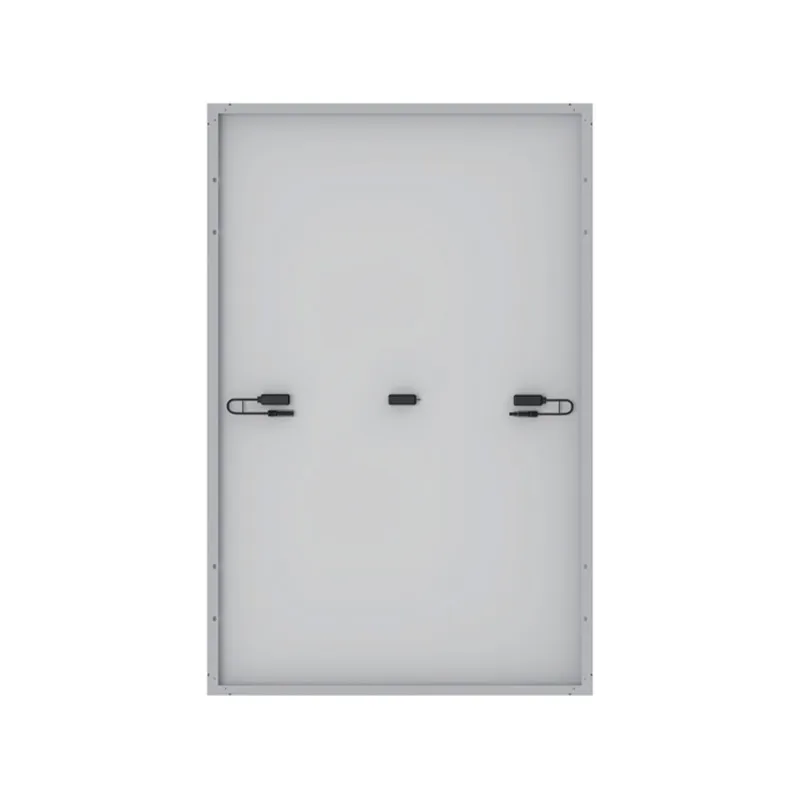Current Trends and Costs of Solar Panels for Residential Use in Today's Market
The Price of Solar Panels for Homes A Comprehensive Overview
In recent years, solar energy has gained significant traction as an alternative source of power for homes. The increasing awareness of environmental issues coupled with the rising costs of traditional energy sources has made solar panels an attractive option for many homeowners. However, one of the primary considerations for those contemplating a transition to solar energy is the price of solar panels for residential use.
The cost of solar panels has seen a significant decline over the past decade. In 2010, the average price of solar photovoltaic (PV) systems was around $5.00 per watt. By 2023, that price has decreased to approximately $2.50 per watt, accounting for advances in technology, economies of scale in manufacturing, and increased competition within the solar industry. This price drop has made solar energy more accessible to a larger segment of the population, allowing homeowners to harness solar power for their energy needs.
The Price of Solar Panels for Homes A Comprehensive Overview
In addition to the type of solar panel, the total system cost includes installation fees. Installation is a critical component of a solar power system, and its costs can vary significantly based on location, roof type, and the complexity of the installation. On average, homeowners can expect to pay between $15,000 and $30,000 for a complete solar panel system, including installation. However, various incentives and rebates can offset these costs. Federal tax credits, state incentives, and local utility rebates can reduce the initial investment that homeowners need to make, making solar energy an even more appealing option.
price of solar panel for home

Another essential factor influencing the price of solar panels is the size of the system. The larger the system, the more panels are required, leading to higher costs. However, larger systems can also generate more energy, potentially resulting in significant savings on electricity bills over time. Homeowners should carefully evaluate their energy consumption patterns and consider how much they can save by installing a larger solar array.
The return on investment (ROI) for solar panels is another vital consideration. Although the initial cost may seem high, many homeowners find that the long-term savings on energy bills, alongside government incentives, create a favorable ROI. Typically, homeowners can expect to break even on their solar investment within 5 to 10 years, after which they can enjoy free electricity for the life of the panels, which can exceed 25 years.
The varying prices of solar panels for homes reflect the market dynamics influenced by advancements in technology, supply chain efficiencies, and an increased emphasis on sustainable living. For homeowners considering this investment, it is crucial to conduct thorough research, understand the potential savings, and evaluate financial incentives available in their state or locality.
In conclusion, the price of solar panels for homes has decreased significantly over the years, making solar energy a viable option for homeowners looking to minimize their energy costs and carbon footprint. With the potential for long-term savings, coupled with government incentives, investing in solar panels can lead to a sustainable and economical energy solution for many households. As technology continues to evolve and more individuals embrace renewable energy, the future of solar power looks increasingly promising.
-
String Solar Inverter: The High-Efficiency Solution for Smart Solar EnergyNewsJul.14,2025
-
Revolutionizing Rooftop Energy with the Power of the Micro Solar InverterNewsJul.14,2025
-
Power Independence with Smart Off Grid Solar Inverter SolutionsNewsJul.14,2025
-
On Grid Solar Inverter: Powering the Future with Smart Grid IntegrationNewsJul.14,2025
-
Monocrystalline Solar Panels: High-Efficiency Power for the Future of Clean EnergyNewsJul.14,2025
-
Bifacial Solar Panel: A Smarter Investment for Next-Generation Energy SystemsNewsJul.14,2025







